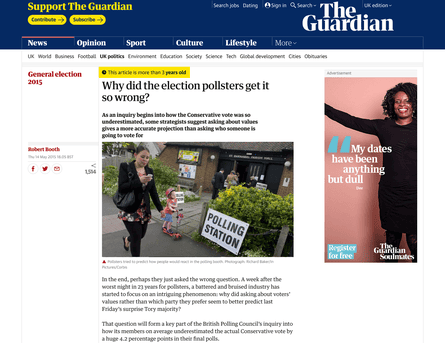The 2-Minute Rule for News Articles
The 2-Minute Rule for News Articles
Blog Article
The 9-Minute Rule for News Articles
Table of ContentsThe 4-Minute Rule for News ArticlesUnknown Facts About News ArticlesNews Articles Fundamentals ExplainedExamine This Report on News ArticlesSome Ideas on News Articles You Need To Know
Great knowledge of different subjects provides students an one-upmanship over their peers. Also though digital and social media are readily easily accessible, we must not neglect exactly how crucial it is to review the newspapers. Moms and dads have to attempt and instill the behavior of reviewing a paper as a day-to-day regimen to proceed the tradition of the revered print tool.Information tales also include a minimum of among the following crucial features about the desired audience: distance, prominence, timeliness, human passion, strangeness, or consequence. The associated term journalese is in some cases used, usually pejoratively, to refer to news-style writing. An additional is headlinese. Papers generally comply with an expository writing style.
Within these limits, news tales also aim to be thorough. Among the larger and extra recognized newspapers, justness and balance is a major variable in offering info.
Papers with a global audience, for instance, often tend to utilize a much more official design of creating. The details options made by an information outlet's editor or content board are commonly gathered in a design guide; typical design guides consist of the and the United States News Style Book. The main goals of news writing can be summed up by the ABCs of journalism: accuracy, brevity, and quality.
How News Articles can Save You Time, Stress, and Money.
As a guideline, reporters will not utilize a long word when a brief one will certainly do. Information authors attempt to prevent making use of the same word much more than as soon as in a paragraph (sometimes called an "resemble" or "word mirror").
Headlines sometimes omit the topic (e.g., "Leaps From Watercraft, Catches in Wheel") or verb (e.g., "Cat lady fortunate"). A subhead (additionally subhed, sub-headline, subheading, caption, deck or dek) can be either a subservient title under the primary heading, or the heading of a subsection of the write-up. It is a heading that comes before the main message, or a group of paragraphs of the major text.

Added signboards of any of these kinds might appear later in the write-up (especially on succeeding pages) to attract further analysis. Such billboards are likewise used as guidelines to the short article in various other sections of the publication or website, or as promotions for the piece in various other magazine or websites. Common structure with title, lead paragraph (summary in strong), other paragraphs (information) and get in touch with info.

Example of a hard-lead paragraph NASA is suggesting one more space job. The firm's spending plan request, revealed today, consisted of a plan to send out another objective to the Moon. This time the company wants to develop a long-lasting facility as a jumping-off point for various other room experiences. The budget requests around $10 billion for the task.
The NASA announcement came as the firm requested $10 billion of appropriations for the job. An "off-lead" is the 2nd essential front web page information of the day. The off-lead appears either see this website in the leading left corner, or straight listed below the lead on the right. To "bury the lead" is to begin the write-up with background information or information of additional importance to the viewers, compeling them to learn more deeply into a write-up than they should have to in order to uncover the essential points.
Some Known Factual Statements About News Articles
Usual usage is that a person or more sentences each form their own paragraph. Journalists generally describe the company or framework of a news tale as an inverted pyramid. The important and most interesting aspects of a tale are put at the beginning, with sustaining information adhering to in order of diminishing relevance.
It allows individuals to check out a topic to just the deepness that their curiosity takes them, and without the charge of details or subtleties that they can consider unimportant, but still making that info readily available to extra interested viewers. The upside down pyramid structure also enables write-ups to be news trimmed to any type of arbitrary size throughout format, to fit in the space available.
Some authors begin their tales with the "1-2-3 lead", yet there are several kinds of lead available. A twist can refer to numerous things: The last tale in the information program; a "happy" tale to finish the program.
Longer articles, such as magazine cover short articles and the pieces that lead the inside areas of a paper, are referred to as. Feature stories vary from straight news in numerous means. Foremost is the lack of a straight-news lead, a lot of the time. Rather than offering the essence of a tale in advance, function authors might try to entice visitors in.
An Unbiased View of News Articles
An attribute's first paragraphs frequently associate an appealing moment or occasion, as in an "unscientific lead". From the details of a person or episode, its sight swiftly broadens to generalities concerning the tale's subject.

The Editor's Tool kit: A Reference Overview for Beginners and Professionals (2001) Allan M. Siegal and William G. i thought about this Connolly. The New York City Times Handbook of Style and Use: The Authorities Style Guide Used by the Writers and Editors of the Globe's Most Reliable Paper (2002) M. L. Stein, Susan Paterno, and R.
Report this page